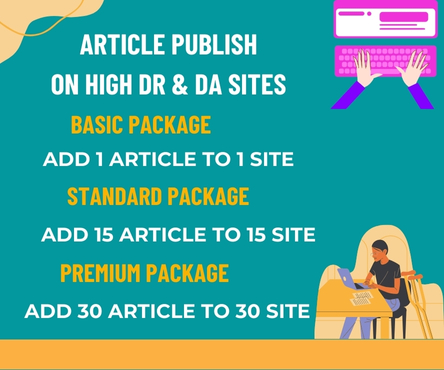Diastasis recti abdominis, commonly referred to as diastasis recti, is a condition characterized by the separation of the abdominal muscles, specifically the rectus abdominis muscle. This condition can affect individuals of all ages, including infants, adults, and pregnant women. In this article, we will explore the causes, symptoms, and treatment options for diastasis recti abdominis.
What is Diastasis Recti Abdominis?
The rectus abdominis muscle is a pair of muscles that run vertically down the abdomen, connected by a band of tissue called the linea alba. In a normal abdomen, the rectus abdominis muscle is tightly connected, providing support and stability to the core. However, in individuals with diastasis recti, the linea alba stretches or separates, causing the abdominal muscles to split apart.
Causes of Diastasis Recti Abdominis
Diastasis recti abdominis can occur due to various reasons, including:
- Pregnancy: During pregnancy, the abdominal muscles stretch to accommodate the growing fetus. In some cases, the linea alba may separate, leading to diastasis recti.
- Obesity: Excess weight can put pressure on the abdominal muscles, causing them to separate.
- Abdominal surgery: Surgical procedures, such as cesarean sections or laparotomies, can lead to diastasis recti.
- Genetic predisposition: Some individuals may be born with a weaker linea alba, making them more susceptible to diastasis recti.
- Poor core strength: Weak abdominal muscles can contribute to diastasis recti.
Symptoms of Diastasis Recti Abdominis
The symptoms of diastasis recti abdominis can vary depending on the severity of the condition. Common symptoms include:
- Visible bulge: A noticeable bulge or dome-shaped protrusion in the abdomen, particularly when coughing, straining, or performing crunches.
- Abdominal weakness: Weakness or instability in the core muscles, making it challenging to perform daily activities.
- Lower back pain: Diastasis recti can lead to strain on the lower back muscles, causing pain and discomfort.
- Pelvic floor problems: In some cases, diastasis recti can be associated with pelvic floor disorders, such as urinary incontinence or pelvic organ prolapse.
Treatment Options for Diastasis Recti Abdominis
Treatment for diastasis recti abdominis depends on the severity of the condition and the individual’s overall health. Some treatment options include:
- Physical therapy: A physical therapist can develop a personalized exercise program to strengthen the core muscles and improve abdominal stability.
- Exercise modification: Certain exercises, such as planks, crunches, and leg raises, can exacerbate diastasis recti. A healthcare professional can provide guidance on modifying exercises to avoid putting additional strain on the abdominal muscles.
- Supportive garments: Wearing supportive garments, such as abdominal binders or splints, can provide temporary relief and support for the abdominal muscles.
- Surgery: In severe cases, surgery may be necessary to repair the separated abdominal muscles and restore core stability.
Conclusion
Diastasis recti abdominis is a common condition that can affect individuals of all ages. Understanding the causes, symptoms, and treatment options can help individuals manage the condition and improve their overall quality of life. By seeking medical attention and working with a healthcare professional, individuals with diastasis recti can develop a personalized treatment plan to strengthen their core muscles and alleviate symptoms. With proper care and attention, individuals with diastasis recti can achieve optimal abdominal health and reduce the risk of complications.

